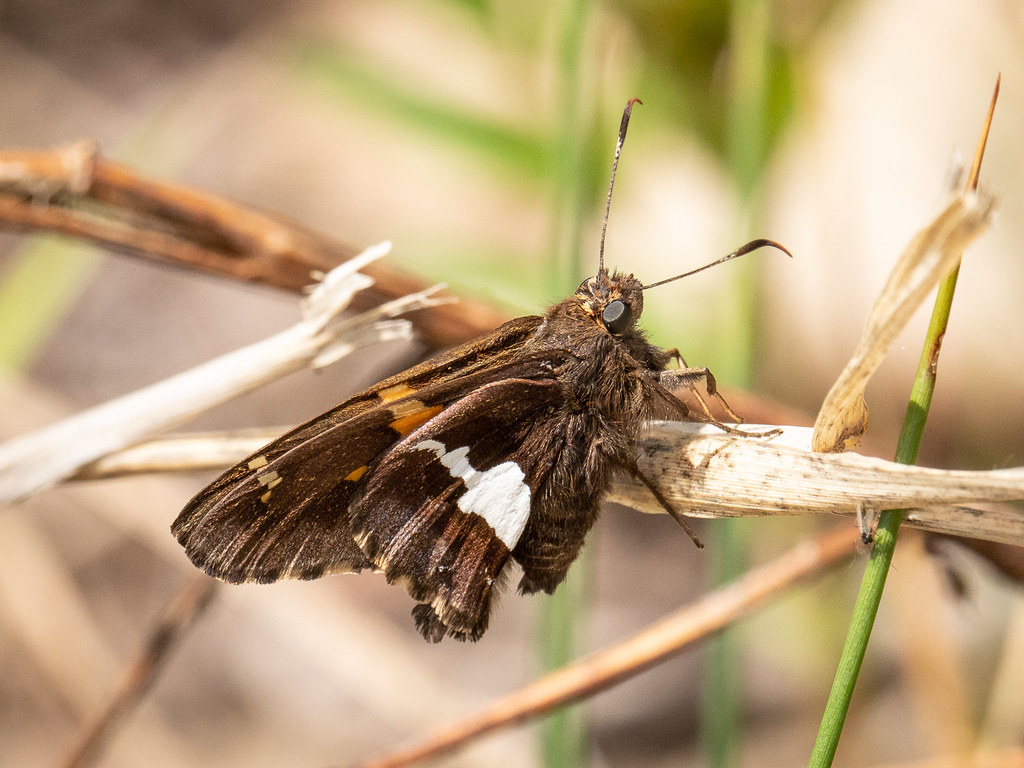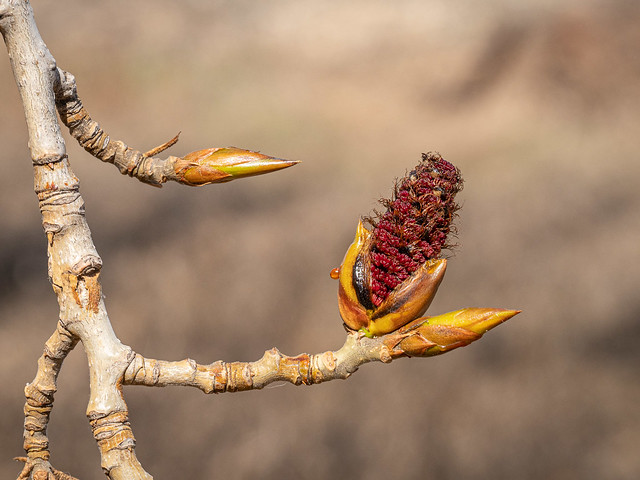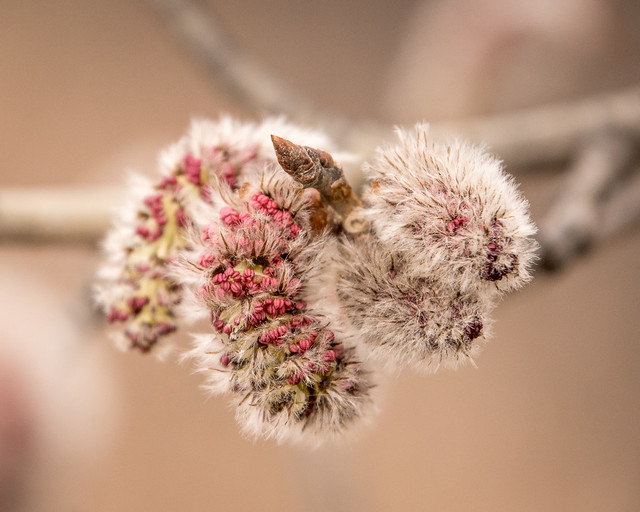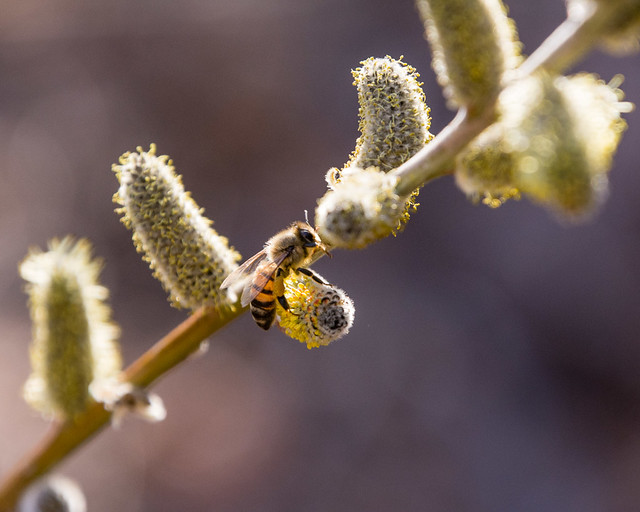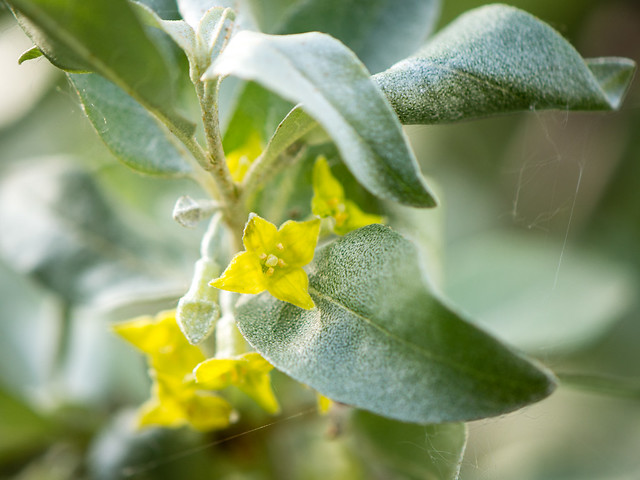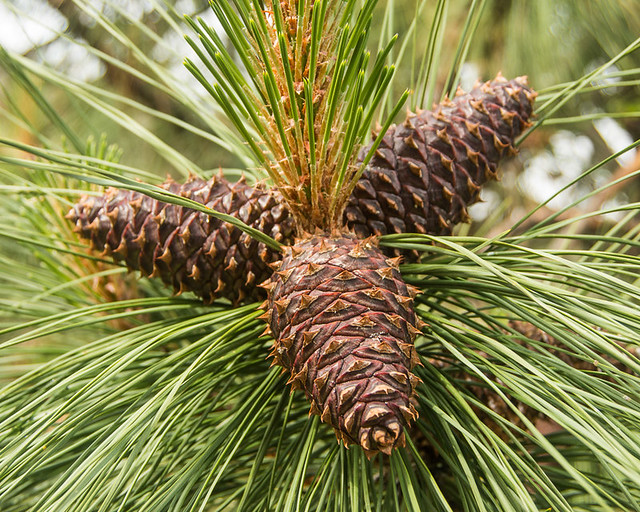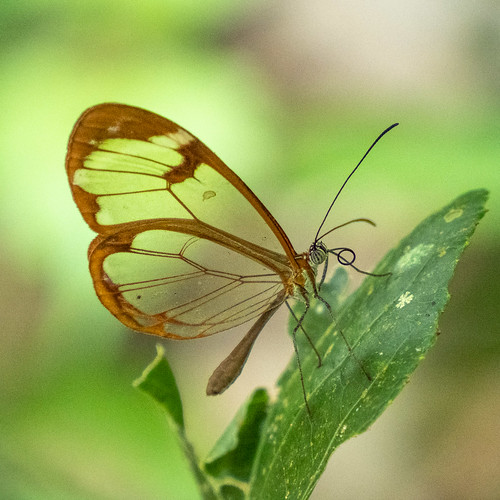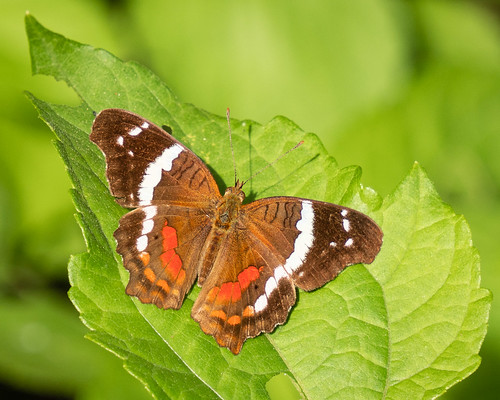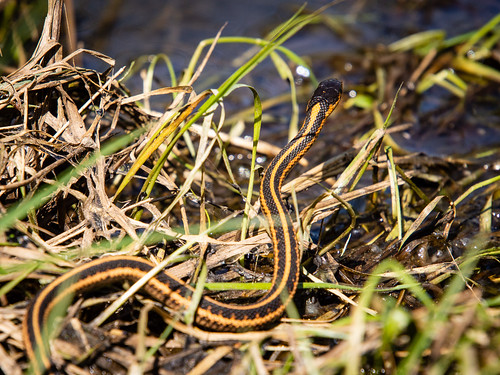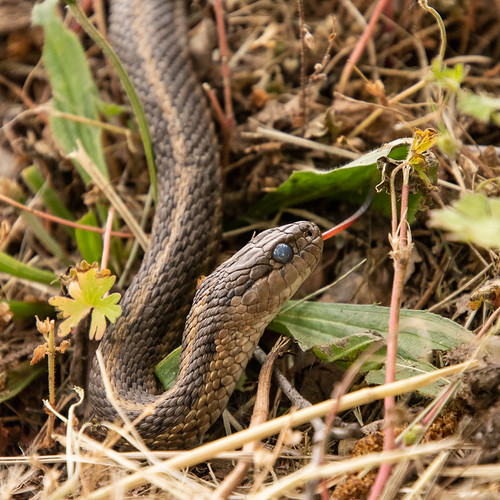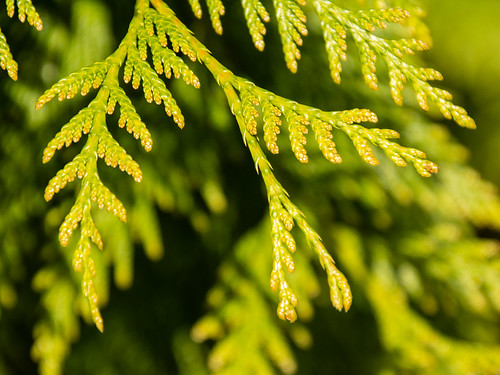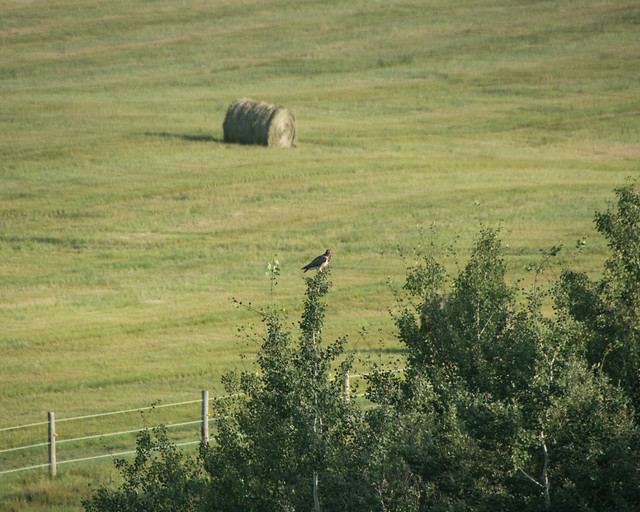Help weed and mulch the 200 fruit-bearing trees and shrubs on the east side of the river between the Circle Drive and train bridges from 1-4 pm, Saturday, June 26. Tools will be provided. Contact Jordan for additional information (306-380-9565, jrs260@usask.ca).
Want to reduce your carbon footprint? Switch from videoconferencing to voice-only online meetings and you’ll reduce your environmental impact by 96%. [Anthropocene]
Upcoming Events
Have your say on the City of Saskatoon’s Green Infrastructure Strategy at a virtual workshop from 1-3 pm, June 24, or 7-9:30 pm, June 29. Or you can complete an online survey from now until July 4.
Nature Conservancy of Canada is hosting a webinar on tackling invasive species from 11:30 am-12:30 pm, June 24.
City of Regina residents can dispose of hazardous waste from 4-7 pm on Friday, 9 am-4 pm, Saturday, and 9 am-4 pm, Sunday, June 25-27.
EnviroCollective Regina will be holding an online meeting from 7-9 pm, June 28.
Looking Ahead
Enjoy art classes in a natural setting at Ness Creek from July 26-29.
“In a province that’s home to nearly half of Canada’s arable land . . . the impact of farming operations on downstream water bodies is huge. . . . a careful balance has to be struck between the vital economic necessities of farming and protecting the environment for the future” [Saskatoon StarPhoenix]
Find out more about the prairies with games and activities from the Native Plant Society of Saskatchewan, including an interactive game, a field guide to the plants and animals living on the prairies, and field activities.
What a Good Idea!
E-scooter fees will partially fund a $2 million program to add 3 miles of protected bike lanes in downtown Miami. [Planetizen]
The online shopping boom calls for new urban freight options to reduce emissions, air pollution, and traffic congestion. Here are 10 proven options as well as 4 new ones. [Pembina Institute]
Ten Bold Ideas: Accelerating Climate Action in the 2020s offers some intriguing ideas, such as a repair workshop on every main street, menu flipping, and real golf. [Possible]
Over 100 wildflower meadows, funded by the municipalities, have been planted in Germany’s largest cities over the past 3 years. Their goal is to protect Germany’s wild bees, more than half of which are endangered or on the verge of extinction. [The Guardian]
A colony of rare orchids, thought to be extinct in the UK, has been discovered in the rooftop garden of a London bank, demonstrating that green infrastructure can protect and maintain biodiversity. [The Guardian]
Cascades: Creating a Sustainable Health System in a Climate Crisis wants to engage the health care community in climate action and is hosting a listening tour, starting July 7. [Centre for Sustainable Health Systems]
A proposed lithium mine in Nevada highlights a dilemma facing green tech: it’s still reliant on extractive industries. Opponents “assert that the mining industry is simply greenwashing old practices and exploiting the political climate that favors green energy, while using the laws that have enabled dispossession and destroyed environments for over a century.” [Earth Island Journal]
“Peatlands, such as fens, bogs, marshes and swamps, cover just 3% of the Earth’s total land surface, yet store over one-third of the planet’s soil carbon.” They’re drying out or being destroyed, and that’s a problem. [The Conversation]
If you’re looking for hard economic data to support climate action, check out The economics of climate change: no action not an option, which states, “The world economy could be 10% smaller if the 2050 net-zero emissions and Paris Agreement targets on climate change are not met.” [Swiss Re Institute]
EcoFriendly Sask supports Saskatchewan environmental initiatives through an online publication, an events calendar, small grants, and the Nature Companion website/app.
You can follow EcoFriendly Sask by liking us on Facebook, following us on Twitter, or subscribe by email (top right corner).
Nature Companion, a free nature app/website for Canada's 4 western provinces

